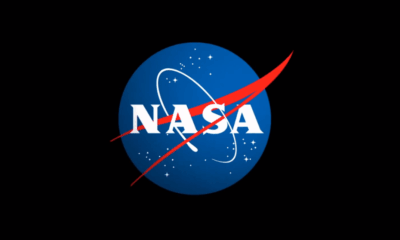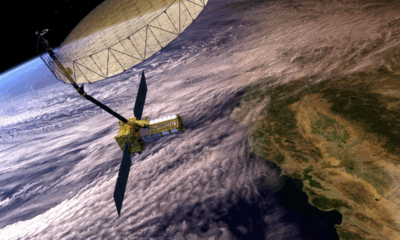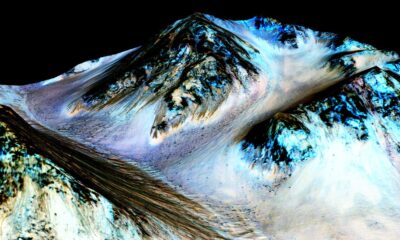Science
NASA Completes Installation of Solar Shield on Roman Telescope
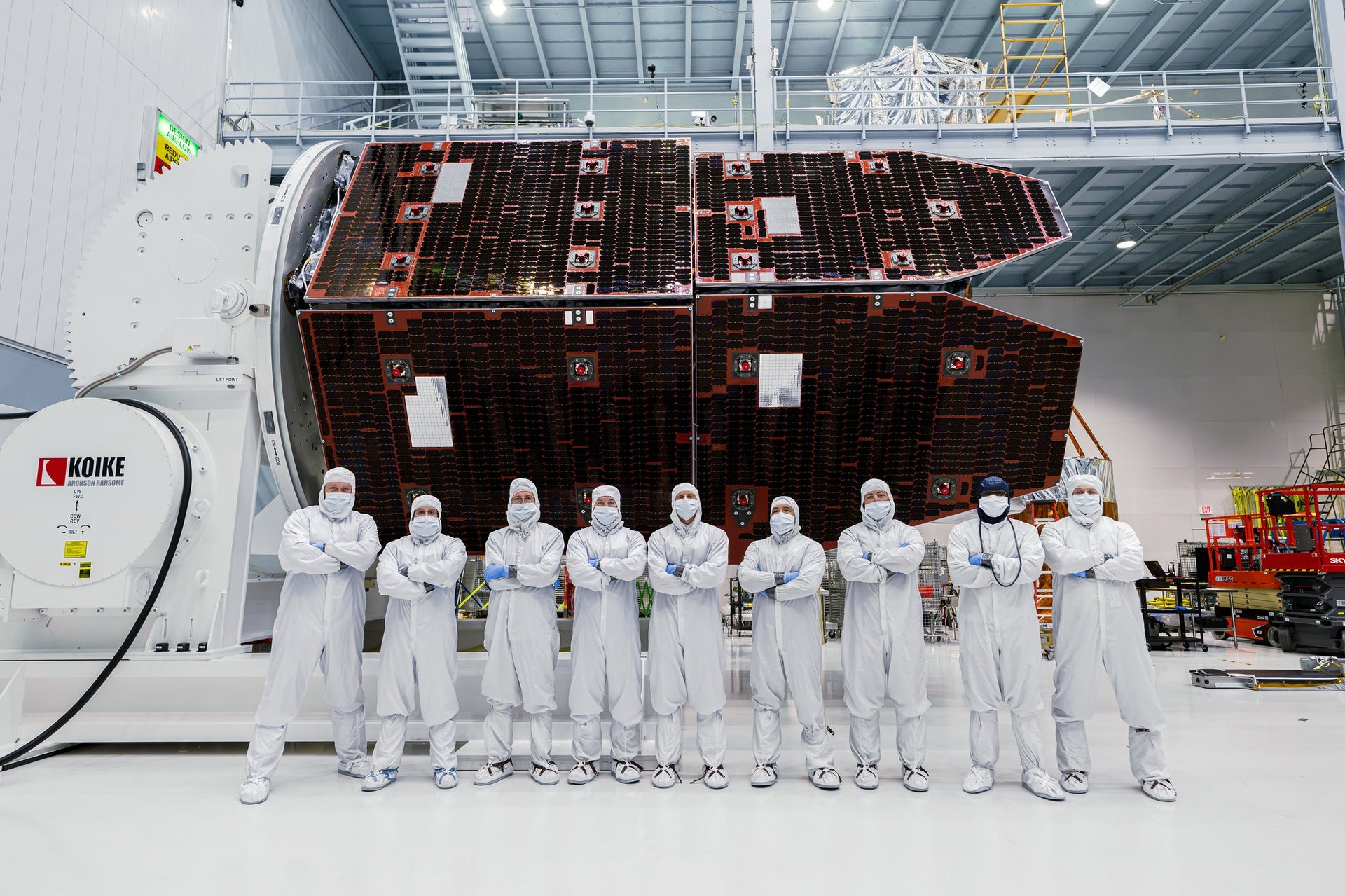
Technicians at NASA’s Goddard Space Flight Center have successfully completed the installation of the Solar Array Sun Shield on the Nancy Grace Roman Space Telescope. This essential component consists of six solar panels that will not only supply power to the observatory but also help maintain optimal temperatures for its instruments throughout the mission.
The installation marks a significant milestone as it completes the telescope’s outer structure. Following this achievement, the core section will undergo rigorous thermal vacuum and electronic systems testing. This testing is crucial to ensure that the observatory can withstand the harsh conditions of space.
In recent updates, NASA announced that technicians have also finished installing the two panels that form the Lower Instrument Sun Shade within the telescope’s inner segment. The combination of the Solar Array Sun Shield, the Lower Instrument Sun Shade, and the Deployable Aperture Cover, often referred to as the “visor,” will be vital for the mission’s objective of exploring the infrared universe.
Design and Functionality of the Sun Shields
The sunshades for the Roman Space Telescope are designed to protect its instruments from sunlight, which could interfere with the detection of faint signals from distant cosmic sources. Each flap of the sunshade measures 2.1 meters (7 feet) on each side and is 7.6 centimeters (3 inches) thick.
Conrad Mason, an aerospace engineer at NASA Goddard, described the panels as “giant aluminum sandwiches,” with metal sheets as thin as a credit card on the exterior and a honeycomb structure at the core. This innovative design not only ensures that the panels are lightweight but also makes them stiff enough to resist deformation. Specialized polymer film blankets will further regulate heat transfer from the sun-facing side to the interior of the telescope.
Matthew Stephens, another aerospace engineer at NASA, noted that with the completion of the inner segment assembly, the telescope will enter a 70-day thermal vacuum test. This testing phase will assess the full functionality of the telescope and its instruments under simulated space conditions. The integration of the inner and outer segments is expected to be completed by November, with a launch anticipated between Fall 2026 and May 2027.
Mission Goals and Scientific Impact
The Nancy Grace Roman Space Telescope is named in honor of NASA’s first Chief of Astronomy, Nancy Grace Roman, who was a strong advocate for the development of space telescopes. As the direct successor to the Hubble Space Telescope, Roman has earned the nickname “mother of the Hubble Space Telescope.”
Once operational, the Roman Space Telescope aims to employ its advanced thermal optics to investigate a range of astronomical phenomena. These include exoplanets, planet-forming disks, red dwarfs, brown dwarfs, and other previously unseen objects in the universe. Additionally, it will observe distant galaxies to measure the expansion rate of the universe, known as the Hubble Constant.
The findings from the Roman mission are expected to provide valuable insights into significant scientific questions surrounding dark matter, dark energy, and the ongoing “Hubble Tension.” As NASA continues its preparations, the Roman Space Telescope stands poised to contribute substantially to our understanding of the cosmos.
-

 Lifestyle3 weeks ago
Lifestyle3 weeks agoBelton Family Reunites After Daughter Survives Hill Country Floods
-

 Technology2 weeks ago
Technology2 weeks agoDiscover the Top 10 Calorie Counting Apps of 2025
-
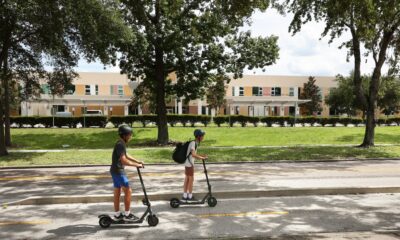
 Education3 weeks ago
Education3 weeks agoWinter Park School’s Grade Drops to C, Parents Express Concerns
-

 Technology1 week ago
Technology1 week agoHarmonic Launches AI Chatbot App to Transform Mathematical Reasoning
-

 Technology3 weeks ago
Technology3 weeks agoMeta Initiates $60B AI Data Center Expansion, Starting in Ohio
-

 Technology3 weeks ago
Technology3 weeks agoByteDance Ventures into Mixed Reality with New Headset Development
-

 Lifestyle3 weeks ago
Lifestyle3 weeks agoNew Restaurants Transform Minneapolis Dining Scene with Music and Flavor
-

 Technology2 weeks ago
Technology2 weeks agoMathieu van der Poel Withdraws from Tour de France Due to Pneumonia
-

 Technology3 weeks ago
Technology3 weeks agoRecovering a Suspended TikTok Account: A Step-by-Step Guide
-

 Technology3 weeks ago
Technology3 weeks agoGlobal Market for Air Quality Technologies to Hit $419 Billion by 2033
-

 Health3 weeks ago
Health3 weeks agoSudden Vision Loss: Warning Signs of Stroke and Dietary Solutions
-

 Technology3 weeks ago
Technology3 weeks agoTrump Faces Internal Struggles Over Epstein Files Handling

